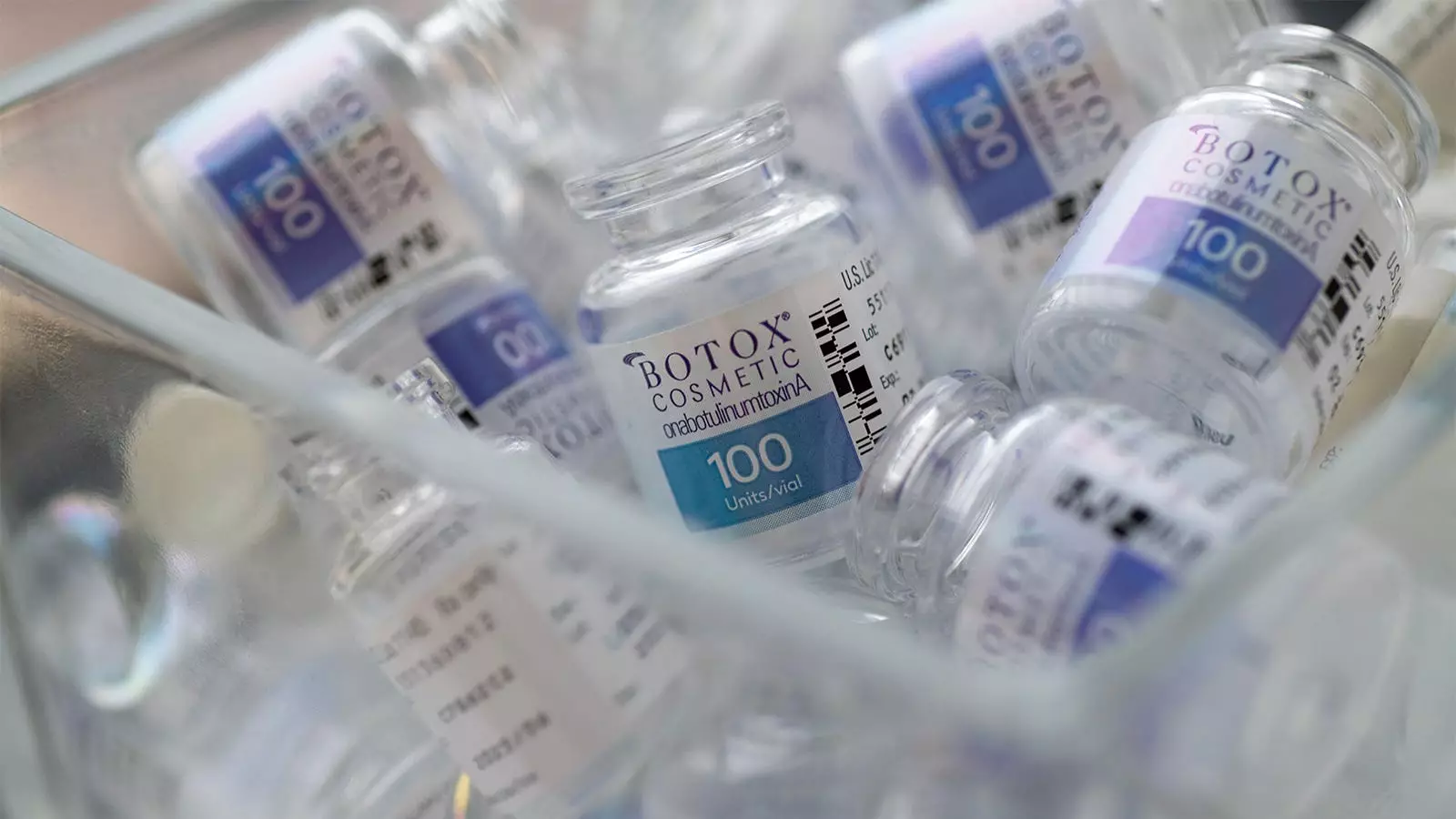The history of botulinum toxin, popularly known as Botox, mirrors a remarkable journey from an untimely tragedy to a transformative medical breakthrough. In December 1895, a heart-wrenching incident in Belgium involving a brass band serves as the catalyst for this story. After performing at a local funeral, the musicians gathered for what turned out to be a deadly feast involving spoiled ham. The aftermath was catastrophic, with symptoms ranging from paralysis to respiratory failure striking nearly half of the band within a week. Unfortunately, three lives were lost in this grave episode of food poisoning, now identified as botulism, caused by the toxin produced by the Clostridium botulinum bacteria.
This tragic event was not merely an isolated incident; it represented a dark chapter in food safety that ultimately led to medical exploration and the identification of the botulinum toxin. As local authorities sought answers, microbiologist Émile van Ermengem emerged to unveil the culprit behind the foodborne illness. His investigation not only outlined the bacteria responsible for botulism but also laid the groundwork for what would eventually evolve into a medical treatment known worldwide today.
Fast forward over a century, and Botox has transitioned from a notorious toxin linked to death into a powerhouse in the cosmetic and medical industries, predominantly recognized for its ability to minimize wrinkles. The transition into a billion-dollar market was not merely the result of research and development; it hinged on an unexpected moment of insight from Canadian ophthalmologist Dr. Jean Carruthers in 1987.
Carruthers was initially exploring Botox for its therapeutic applications, specifically for muscle spasms around the eyes. However, a seemingly inconsequential conversation with a patient seeking cosmetic enhancement dramatically altered the trajectory of her practice and subsequently the aesthetic industry. The patient pointed out that injecting Botox into her forehead not only alleviated muscle tension but also smoothed out wrinkles, thus sparking an innovative approach to dermatology.
This moment of serendipity exemplified the significant collaboration between doctor and patient, demonstrating how attentive listening and a trusting relationship can ignite groundbreaking discoveries. Carruthers’ ability to acknowledge her patient’s feedback transformed both her career and paved the way for Botox’s emergence as a staple in the realm of cosmetic procedures.
The confluence of serendipitous moments in medicine does not stop at those that lead to large-scale innovations like Botox; they are ubiquitous and crucial in daily medical practice. Dr. Rana Awdish, an esteemed physician and author, underscores the importance of serendipity in diagnosing ailments that might otherwise go unnoticed. She emphasizes that a trusting patient-doctor environment can unearth vital symptoms or medical histories that could alter diagnosis and treatment plans.
Yet the medical landscape today poses challenges to this foundational relationship. The pressures of modern healthcare systems—fueled by efficiency metrics and productivity demands—frequently compromise the time physicians have available to connect with their patients. A doctor’s ability to foster trust is hindered when patient interactions are rushed, leading to lost opportunities for serendipitous discoveries that can save lives or revolutionize treatments. The aftermath of the COVID-19 pandemic has only exacerbated this issue, resulting in diminished public trust in healthcare providers.
For breakthroughs akin to Botox’s journey into the spotlight to occur, the medical community must focus on enhancing doctor-patient relationships. Both patient trust and adequate interaction time are non-negotiable components for fostering an environment where serendipitous moments can emerge. The narrative of Botox illustrates not just a scientific discovery but serves as a cautionary tale about diminishing patient engagement in a world increasingly driven by technology.
If medical professionals are to recognize and cultivate these critical moments of serendipity within the confines of their practices, they will need to advocate for systemic changes that prioritize quality interactions over mere quantitative measures. Patients deserve the opportunity to engage fully in their medical journeys, just as Dr. Carruthers’ patient did—a connection that had profound implications for the future of cosmetic medicine.
In retrospect, the history of Botox is a testament to the depth of the doctor-patient relationship, illuminating how serendipity thrives in an environment where trust, understanding, and empathy govern interactions. The road ahead requires a vigilance to safeguard these ideals against the encroaching forces of modern efficiency, ensuring that the next medical marvel might one day emerge from a simple conversation, much like Botox did.



Leave a Reply